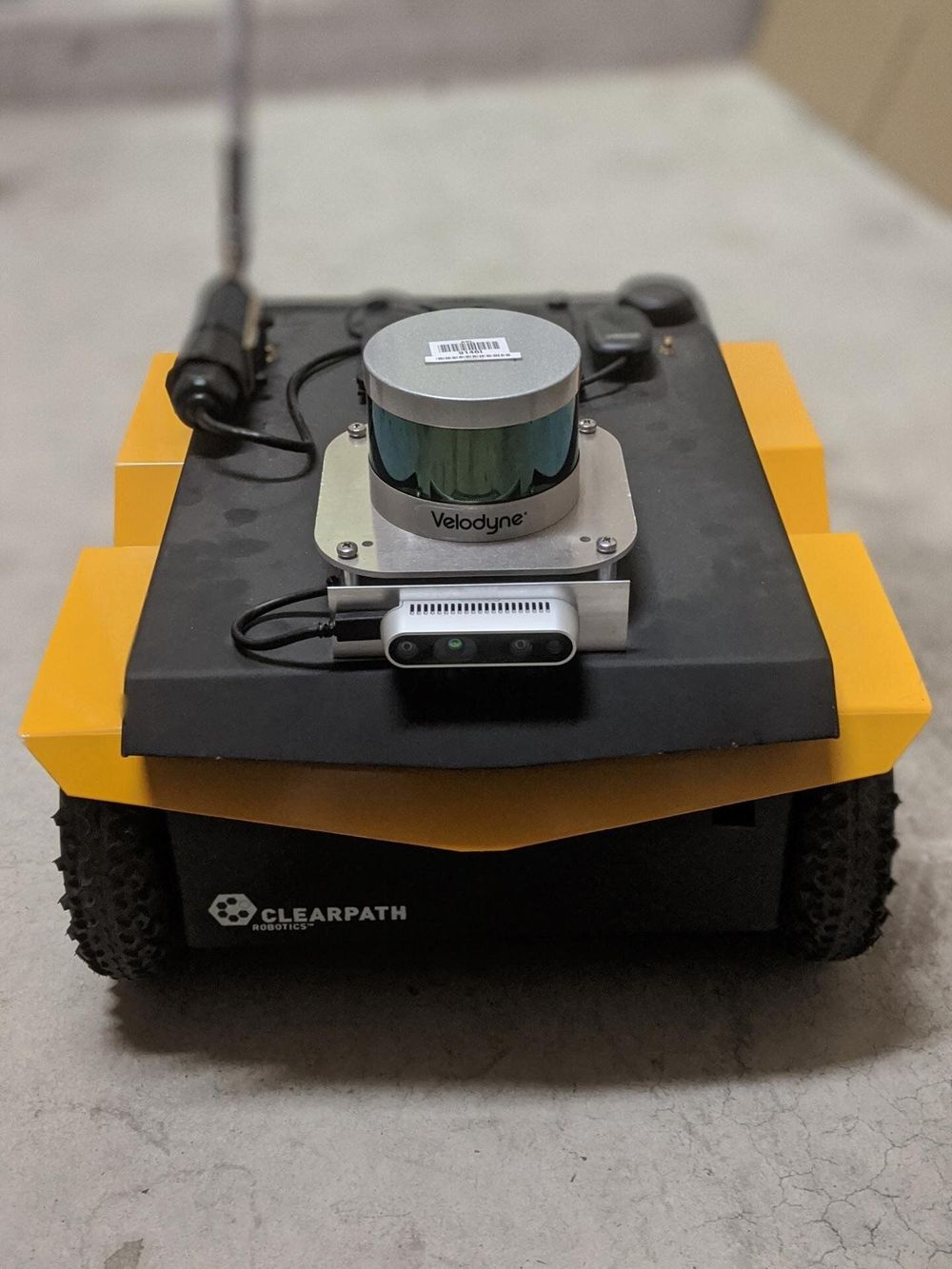The researchers fused machine learning from demonstration algorithms and more classical autonomous navigation systems. Rather than replacing a classical system altogether, APPLD learns how to tune the existing system to behave more like the human demonstration. This paradigm allows for the deployed system to retain all the benefits of classical navigation systems—such as optimality, explainability and safety—while also allowing the system to be flexible and adaptable to new environments, Warnell said.
In the future, a soldier and a game controller may be all that’s needed to teach robots how to outdrive humans.
At the U.S. Army Combat Capabilities Development Command’s Army Research Laboratory and the University of Texas at Austin, researchers designed an algorithm that allows an autonomous ground vehicle to improve its existing navigation systems by watching a human drive. The team tested its approach—called adaptive planner parameter learning from demonstration, or APPLD—on one of the Army’s experimental autonomous ground vehicles.
“Using approaches like APPLD, current soldiers in existing training facilities will be able to contribute to improvements in autonomous systems simply by operating their vehicles as normal,” said Army researcher Dr. Garrett Warnell. “Techniques like these will be an important contribution to the Army’s plans to design and field next-generation combat vehicles that are equipped to navigate autonomously in off-road deployment environments.”
